A triathlon race start can be stressful for athletes of all levels, often it begins with a faster than planned beach run fueled by adrenalin, and by the time you start to swim, your heart rate has reached closed to your maximum.
Then you either need to run around a buoy for lap two and start to swim again, or run to transition, both can let you feeling a bit dizzy and weak. The workout explained in this video by one of our coaches will help you to cope better with it.
Enjoy your training,
ironguides team
–
Train with ironguides!
Personalized Online Coaching: Starting at USD190/month
Monthly Training plans (for all levels, or focused on one discipline): Only USD39/months
Event based training plans:
Sprint Distance (USD45 for 8-week plan)
Olympic Distance (USD65 for 12 week plan)
Half Ironman (R$95 for 16-week plan)
Ironman (USD145 for 20-week plan)
X-Terra (USD65 for 12-week plan)
Running Plans (10k, 21k and 42k – starting at USD40)

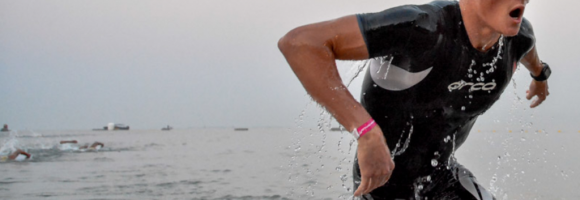

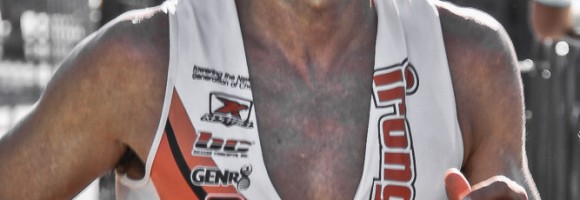
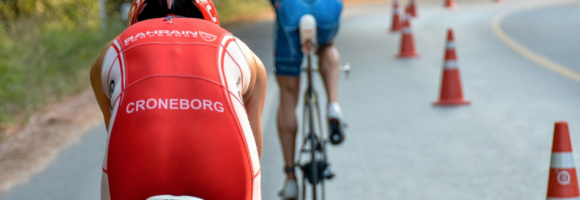
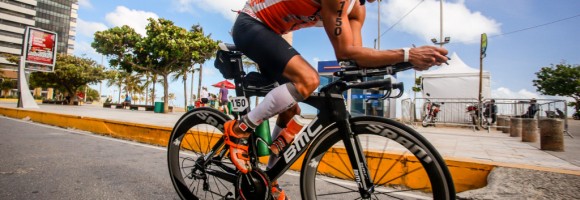
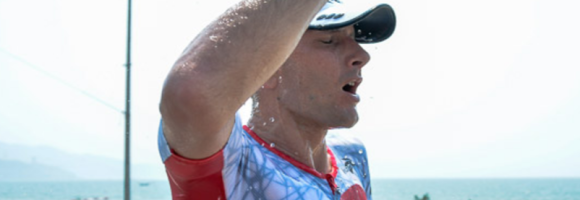
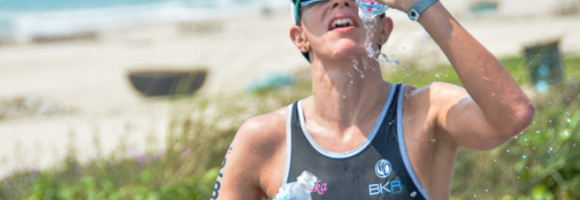



Recent Comments